Star Wars: 10 Major Differences Between The Original Film & The Dark Horse Comics Original Screenplay Adaptation
When George Lucas penned the original screenplay to Star Wars way back in 1974, it was quite a different story from the one that ended up on screen. Locations, characters and individual motivations were drastically retooled into the format that took the world by storm and single-handedly revolved Hollywood.
Dark Horse Comics adapted Lucas's original treatment into comic book form (later reissued by Marvel Comics) with their incredible The Star Wars which allowed fans to glimpse the very first vision for the franchise. Here's 10 of the most striking differences between the original 1977 film and George Lucas's first draft.
10 Different Names For Different Characters
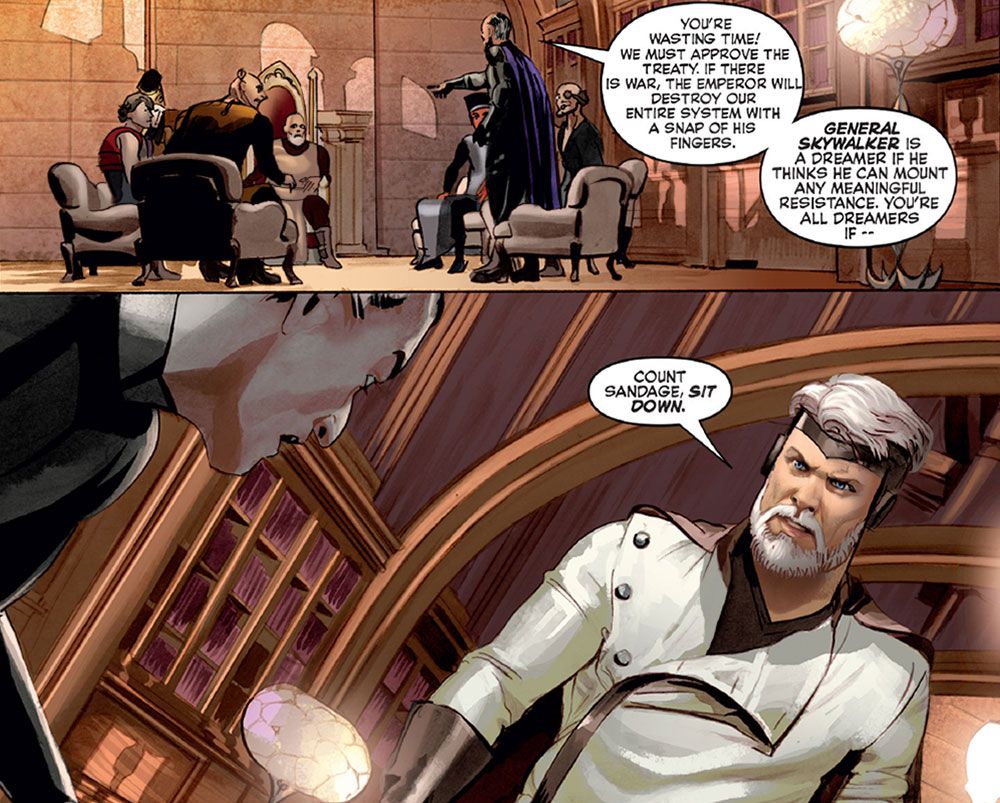
The biggest difference between the original rough draft and the film also happens to be the most familiar. There are a lot of characters in the rough draft that never made it into the film, but their names managed to survive. For instance, Annikin Starkiller was originally the son of Kane Starkiller, a famed Jedi who suffered terrible wounds which necessitated large parts of his body being replaced with cybernetic components. Sound familiar?
Luke Skywalker was a famed Jedi General who takes Annikin under his wing as a padawan learner, Tarkin is a war strategist in opposition to the Empire, and Valorum was not a Supreme Chancellor, but a dreaded Knight of the Sith.
9 A Change Of Planets
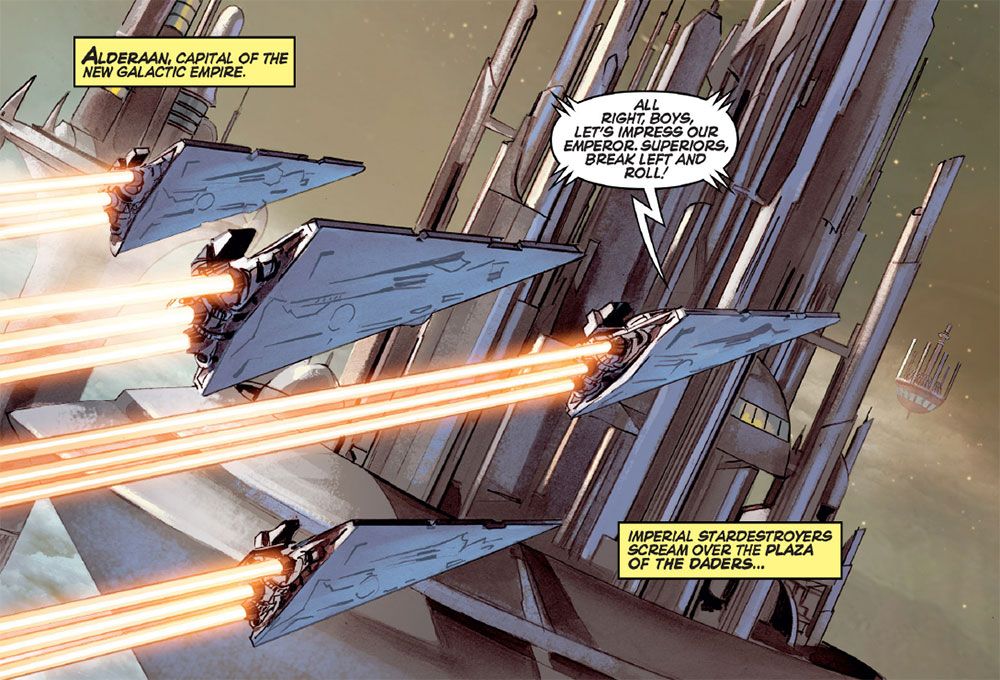
Names aren't the only thing that made a significant change from the rough draft. The planets in the story, while familiar, are completely different. Tatooine was originally referred to as Aquilae, and the story makes mention of several locations such as the Jundland Wastes and the Dune Sea.
By contrast, Coruscant does not exist as the capital of the Galactic Empire. Instead, that honor falls to none other than Alderaan itself, which fans know best as the first planet destroyed by the Death Star in the 1977 original film.
8 R2 Talks

R2-D2 speaks fluent basic in Lucas's original draft, which is a far cry from the little droid audiences have come to know and love over the years. His original name was Artwo Detwo, a curious title that (fortunately) was simplified into the letter/number formula fans know so well.
Reading the comic book adaptation is fascinating, as it allows readers to pick apart the dialogue between Artwo and Seethreepio (as he's named in the rough draft) and see how some lines were modified for the latter in the 1977 film.
7 Han Solo Isn't Human

To say that Han Solo has undergone one of the most drastic changes from the rough draft is to put things mildly. In fact, the character isn't even human in this early work, but a hulking green alien who seems to be an active part of the Rebellion.
Even more strange is his bond of friendship with Luke Skywalker which appears to be incredibly strong. In this draft, the suggestion is that the two have been friends for years, and have probably seen a lot of excitement together. Also, no chance for romance with Princess Leia in this draft.
6 The Wookiees of...Yavin?

The forest moon of Endor would serve as the principal staging ground for the final battle between the Rebellion and the Empire, but it was originally supposed to be featured in the first Star Wars film...sort of. After fleeing Imperial forces, the heroes of the story are forced to make a pit stop on Yavin, a planet populated by Wookiees who end up joining the fight against tyranny.
Elements of the story would make it into Return of the Jedi, specifically the Wookiee's use of traps to defeat a technologically superior foe. This makes sense, since Lucas himself said that he had originally intended Return of the Jedi to feature the Wookiee homeworld of Kashyyyk.
5 Darth Vader Isn't The Main Bad Guy
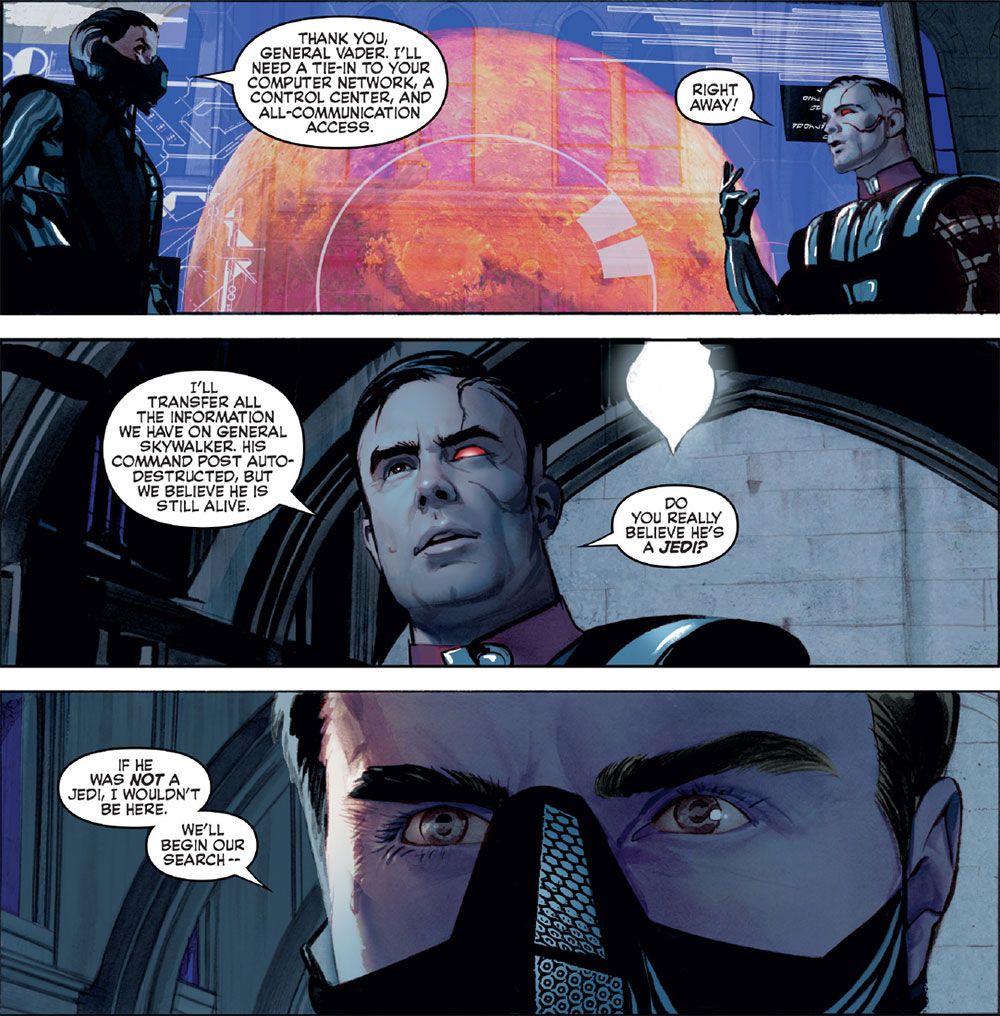
In Lucas's original rough draft, the character of Darth Vader was not considered the main antagonist of the story. Further, he wasn't even a Sith, nor did he possess any Force powers that gifted him with mystical abilities, strength or skill. His character was more of an overseer who issued commands from the Empire's gigantic battle station.
In the story, Vader regards the Sith as pompous and unnecessary, even going so far as to openly mock Valorum, a Knight of the Sith brought in specifically to hunt down Luke and Annikin. In many ways, Vader was the first iteration of Governor Tarkin, and one can spot the similarities quite easily.
4 The Sith Aren't Truly Evil
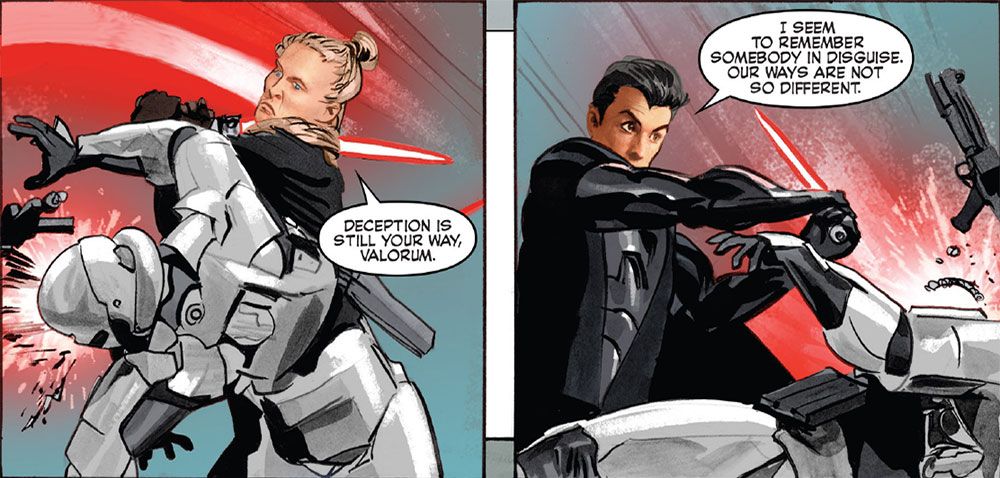
Late into the third act of the story, a Knight of the Sith known as Valorum has a change of heart regarding his clan's actions in service of the Empire. After Annikin is captured by Vader and held for interrogation, Valorum cuts him loose and the two engage a contingent of stormtroopers before fleeing the Empire's battle station.
Only a fraction of the cunning and manipulation of the Sith makes it into the story. Here, they appear to be ruthless, but not motivated by anger, hatred or a lust for total power. The mild animosity between Valorum and Annikin suggests that clan rivalry between Jedi and Sith was far less personal than the films would suggest.
3 The Death Star That Wasn't

This early draft of The Star Wars does indeed feature a Death Star, but it's a much different weapon than the one which ended up in the film. Here, the Death Star isn't given a name, but its overall implications as a massive battle planetoid still remain.
Also, the Death Star's weaponry is tame compared to the film. There's no suggestion that its firing mechanism can obliterate an entire planet with one shot, but it is capable of orbital bombardment on a very large scale. This makes it less powerful than the half-operational Death Star featured in Rogue One.
2 Jedi & Sith Are Much Different
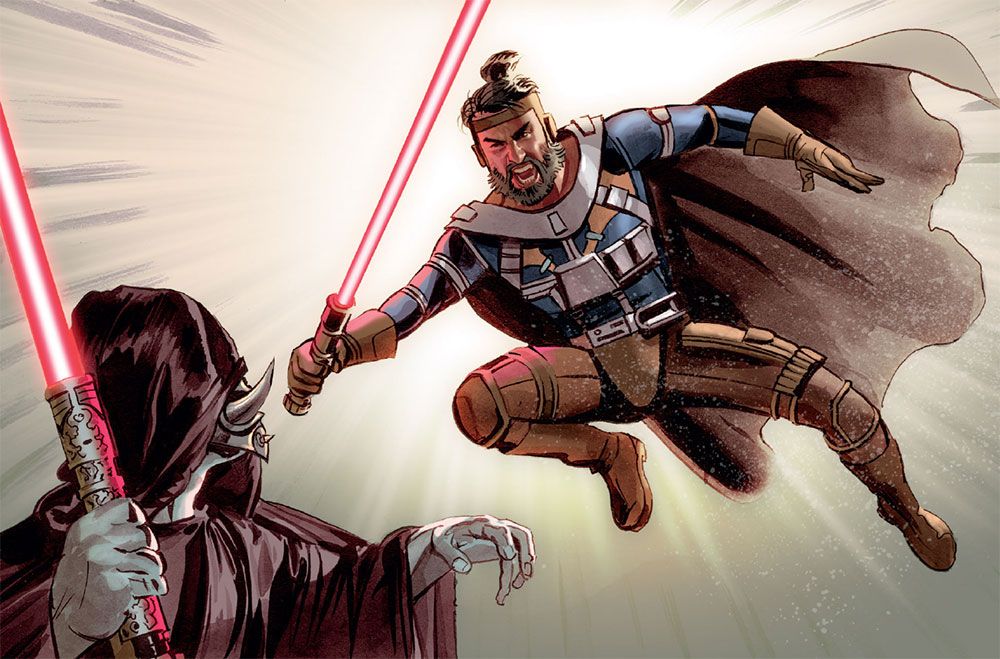
The plot makes mention of the Jedi-Bendu, a clan of skilled warriors who served in the Imperial Space Force who's position was usurped by a rival clan known as the Knights of the Sith, possibly for political reasons. Both sides even wielded red-bladed lightsabers.
The Jedi-Bendu were not pacifists in this story, but military strategists unafraid to use aggressive techniques to win. This changes their dynamic completely, as well as the Sith who are not driven by the same goals as their franchise counterparts.
1 The Force Is Not As Strong
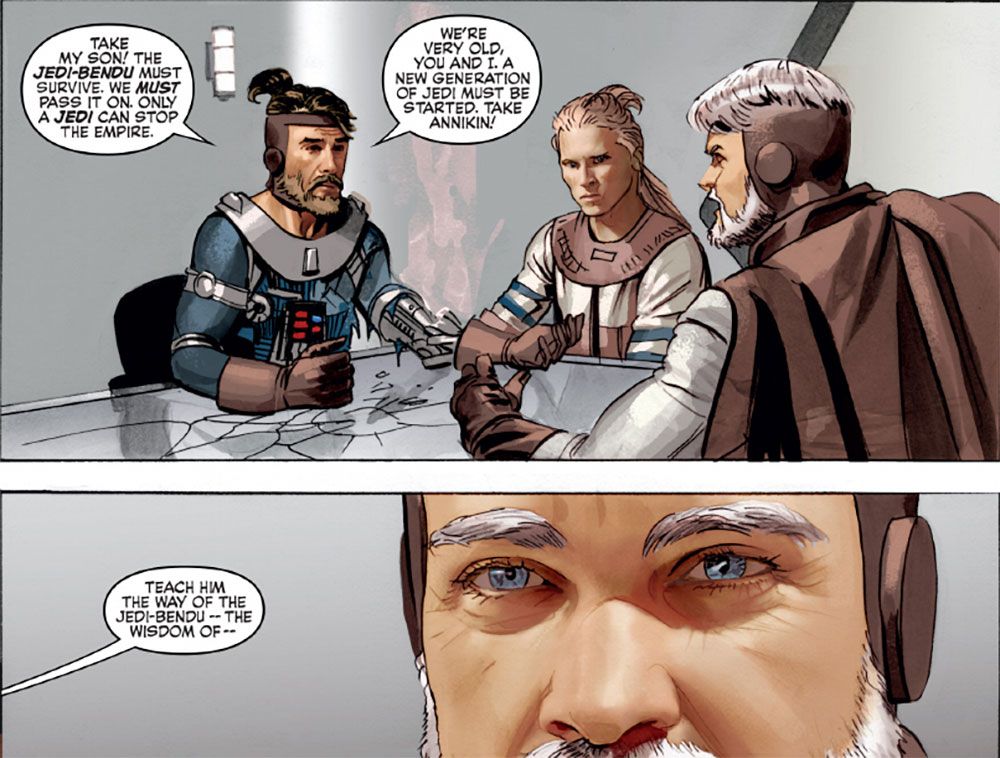
In the original rough draft, the Force was not a key element in the story, nor was it lauded as a "mystical energy field" of any kind. Force powers are drastically reduced, with minor depictions of telekinesis and a sort of sixth sense awareness of their surroundings.
This is a far cry from the Force-focused narrative of the film trilogy which plays a vital part in its lore. Sith are not corrupted by the powers of the dark side, and Jedi do not push a code of peace and serenity. Overall force powers are drastically reduced, with no mention of midi-chlorians or strands of energy which bind the galaxy together.
from ScreenRant - Feed https://ift.tt/2ZtTpmT

No comments: